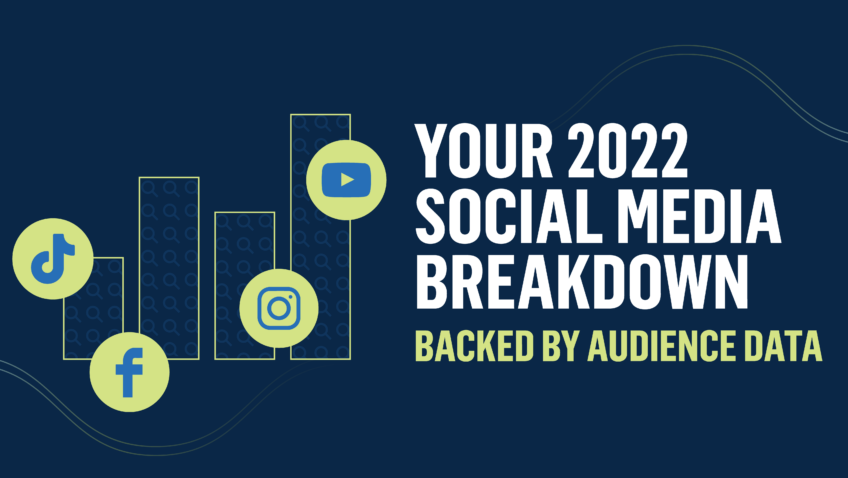Orgs that are Succeeding in the Age of Digital Marketing
7 Characteristics They Have in Common
I’ve worked with a lot of arts orgs and I’ve seen some similar characteristics among the ones that are succeeding with their digital marketing. Here are seven characteristics of the orgs that are flourishing:
1. Senior leadership that embraces change and allows their team to take risks. Even if they don’t understand the ins and outs, the organization’s leader or leaders recognize the importance of digital marketing. They empower their marketing director and other senior leadership to take risks and try new things. They realize that they can’t control everything (that people will make negative comments, for example) and that not every investment will pay off.
2. Ample budgets to support digital projects. Smart orgs realize that digital marketing is not free. While many of the platforms are free (like Facebook or WordPress, for example), they know staffing is not free and enhancing digital marketing efforts entails some financial investment. For example, holding a sweepstakes on Facebook is great, but buying ads to support that contest to increase participation is even better. Building a new website is great, but having an ongoing maintenance and upgrade budget and plan is even better. And with digital marketing becoming a larger and larger piece of the marketing pie, this budget should grow each year.
3. Realization that digital marketing, web programming, and IT are three distinct and critical skill sets…and need to be staffed and/or outsourced appropriately. The person who programs a website probably doesn’t have the right skillset to manage your PPC ads. A digital marketing manager should not have to worry about servers going down. Small orgs may not have the budget to have all of these positions on staff, but they should at least have reliable consultants or contractors who can be called upon when needed.
4. An empowered and forward-thinking CTO or Director of IT. Making sure printers and phones work is just scratching the surface of an IT Director’s job. A good IT Director is regularly seeking out and building digital tools to empower employees to better do their jobs, particularly around digital marketing. They think about questions like: Are computers set up to manage the website’s content management system? Are all company-wide software and browsers up to date? Are there backup servers? Is credit card data secure? Is the organization PCI-compliant? Many organizations simply can’t support their website or digital efforts because their IT infrastructure is not capable. Strong IT is the base of the pyramid. Find and pay someone to do it well.
5. Someone focused on overseeing social media and creating content. Organizations that want to succeed in the digital age must act as media companies in that they must create and share content. Smart orgs have someone in charge of writing blog posts, creating podcasts, producing videos etc. and they are syndicating this content on multiple channels and promoting it via social media and elsewhere. This person is empowered to post on behalf of the company and ideally, is following a thought-out content strategy. Arts orgs are lucky in that they have interesting content to share. Just think if you worked for a company that manufactured paper clips.
6. Meet regularly to share results and successes. Smart orgs create reports to track their digital marketing and content efforts. They share that information across their organization. They monitor and report on what users are saying about their org on social media. They discuss their web traffic numbers and react if they change dramatically. They create reports that drive actionable insights.
7. Embrace name collection/ lead generation. Which organization is going to be in better shape when a new show is announced and they need to fill seats ASAP? The one that has an email list of 100,000 and a large and engaged Facebook following, or one with a small email list and a barely existent social media base? No question, right? This is all about generating strong leads which makes selling tickets and raising money so much easier. With the death of old media, interruption marketing (the act of paying a media outlet to interrupt readers, watchers, or listeners with your ad) is dying as well. Email collection and growing your social fan base MUST be a top priority of every cultural organization. The ones that don’t are going to be in big trouble very soon. I’ve written more on this topic here, here and here.









